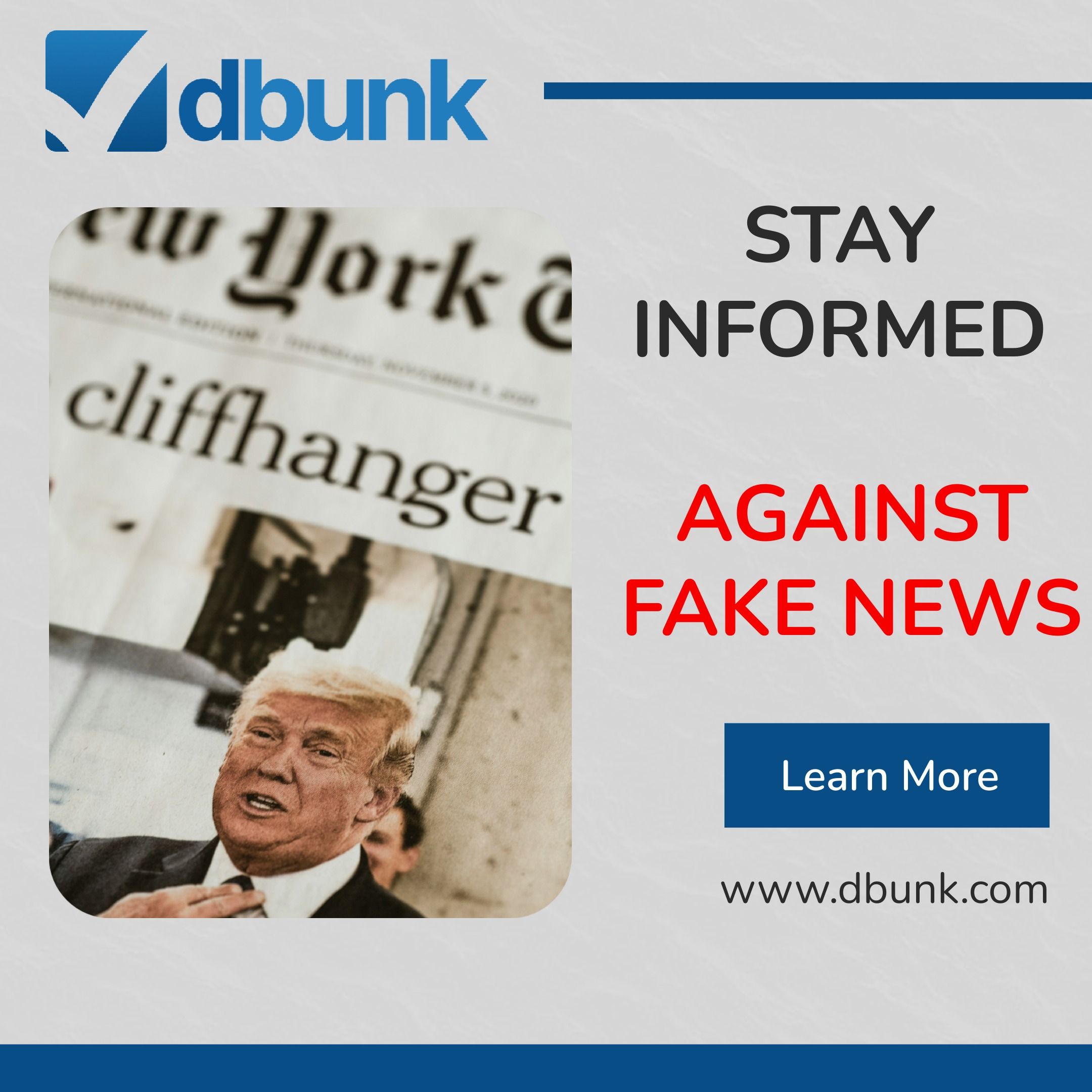
One of our DBUNK subscribers submitted this article for review, questioning whether Trump’s latest tariff policy will truly level the playing field or simply raise prices for U.S. consumers. Anyone can submit a fact check request for free, and our investigative team will dig into the truth.
The Forbes article, published on February 13, 2025, reports on Trump’s announcement of reciprocal tariffs, a policy shift that he suggests will ensure “fair” trade. But does the article provide the full picture? We found critical missing context and misleading implications that could leave readers without a comprehensive view of the impact.

Inflation Impact Oversimplified
The article correctly states that tariffs are often passed on to consumers in the form of higher prices, but it downplays how severe this effect can be. While citing Deutsche Bank’s figures suggesting a 0.5 percentage-point increase in inflation, the article neglects historical data that shows tariff hikes frequently trigger broader price escalations. The U.S.-China trade war (2018–2019) demonstrated that even targeted tariffs led to significant cost increases across multiple industries.
Who Actually Benefits?
The piece frames the tariffs as promoting fairness but skims over how they function in practice. Protectionist policies often claim to support domestic industries, yet history shows that while certain sectors (like steel and aluminum) see temporary gains, broader economic consequences harm both businesses and consumers. Higher import prices lead to increased operational costs for U.S. companies reliant on foreign raw materials, and those costs often trickle down to consumers.

Missing Context on Retaliatory Measures
One glaring omission is how other nations might respond. The European Union and China have historically imposed countermeasures in response to U.S. tariffs. While Trump’s policy is framed as reciprocal, the article does not examine how targeted nations may enact their own retaliatory tariffs, further escalating costs for American exporters.
Conclusion: Misleading Framing of “Fairness”
This article presents Trump’s reciprocal tariffs as a logical step toward fair trade but leaves out key considerations. Tariffs are rarely unilateral actions without broader consequences. Consumers and businesses need a more complete understanding of how this policy could quickly lead to cost spikes, inflationary pressures, and potential trade wars.
Read the original article here: Forbes Article


